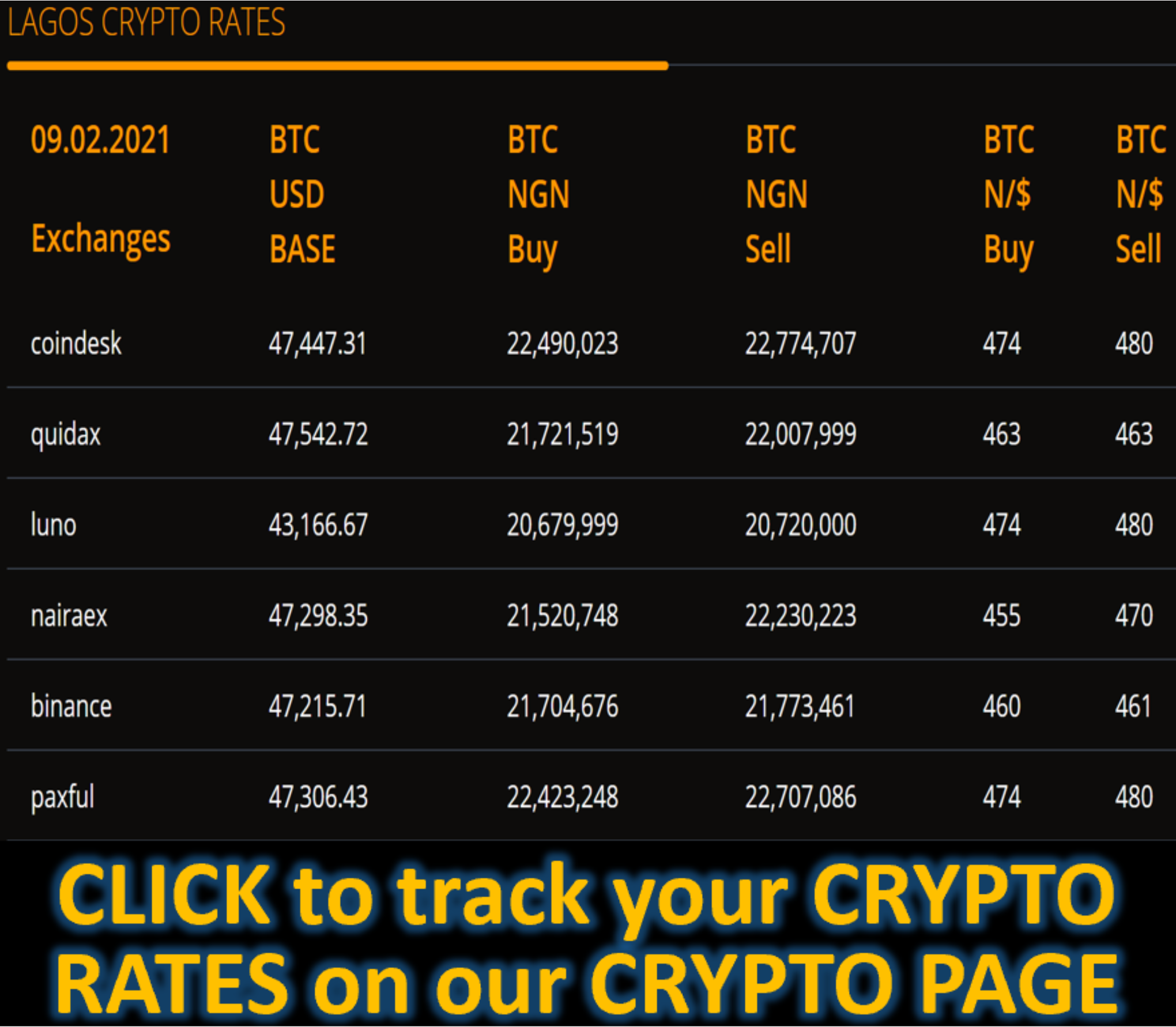Market News
African Development Bank Hybrid Bond Win Key to Lending for Poor - BLOOMBERG
BY , Bloomberg News

, Source: African Development Bank
(Bloomberg) -- A successful debut for a new type of hybrid bond is boosting expectations for a burgeoning asset class — one that has been hailed as the key to unlocking billions of dollars to fund development projects in poorer parts of the world
The African Development Bank this week sold a $750 million multilateral development bank hybrid, a deeply subordinated type of debt that shares characteristics with banks’ Additional Tier 1 bonds. Some had been skeptical about whether the newfangled debt would take off, because of the extra risks and a relatively small yield boost compared to government debt, but the offering saw more than $5 billion in investor orders, according to a person familiar with the matter.
Others are now expected to follow. Supranational development organizations, or supras, can use the securities to boost capital provisions and increase the amount they can allocate to projects. A report commissioned by the Group of 20 last year explored ways to boost development banks’ lending capacity by $200 billion over the next decade, with hybrid bond issuance a major contributor.
“The level of demand shows that there is a market for MDBs to issue hybrid capital. There are also peers who may be interested,” said Omar Sefiani, the treasurer at Cote d’Ivoire-based AfDB. “On our side, this is not a one-off transaction; we are making this a permanent part of our toolkit,” he said.
AfDB’s bond will be a sustainable one, with proceeds allocated to green and social projects. The note will be callable after 10.5 years, with a coupon of 5.75%, down from initial price talk of around 6.375%, the person familiar said.
The deal was an eagerly-anticipated test of whether the market would be receptive to securities that share traits with the risky bank bonds that went up in smoke during the Credit Suisse crisis last year. Like AT1s, they are perpetual, and include writedown clauses.
Ahead of the deal, skeptics said that investors focused on safe assets would be put off by the bond’s structure, while those comfortable with it would favor the much higher spreads available in traditional bank AT1s. In the end, hedge funds and specialized funds made up more than half of the bond’s buyers. This type of investor rarely features in senior bond deals by supras and has a stomach for higher risks.
Here’s how the new securities compare with AT1s and corporate hybrids:
“Everyone was looking closely at what AfDB was doing,” said Benjamin De Forton, who is in charge of the debt capital markets desk at BNP Paribas in Paris, one of the note’s arrangers. “AfDB clearly demonstrated that there is a viable trade at a very interesting price.”
The deal followed a growing call for development banks to start issuing hybrid bonds. Andy Baukol, the US governor for the European Bank for Reconstruction and Development urged that organization last May to explore ideas “including potential innovative new tools such as private hybrid capital.”
And at a meeting in Marrakech, Morocco, last October, the heads of 10 supras pledged to “further stretch” their balance sheets with options including hybrid capital. The G-20 report stated that $1 billion of hybrid capital would make $6 billion extra available to lend over a decade, assuming rating companies count three-quarters of a new issue as equity.
Read more: AT1 Lookalikes Are Wall Street’s Answer to African Needs
To be sure, the AfDB offering had been on ice for almost four months as bankers were waiting for the right moment to tap the market. Just as a long series of meetings with investors ended last September, the Treasury market saw another bout of volatility, forcing them to wait.
But this month, investors have been placing record amounts of orders in new bond sales, while spreads of high-grade bonds have kept tightening. Against this backdrop, even an untested bond structure with a small yield pick-up compared to other types of hybrids stood a good chance of success.
“This deal is a poster child for the current technical picture in fixed income. Persistent inflows into the asset class overpowering supply and prolonging the grab for yield,” said Alex Eventon, head of investment grade and corporate hybrids at Edmond de Rothschild.
“We decided to wait,” said AfDB’s Sefiani. “I know a lot of people would have liked to see us earlier but the most important part was ensuring it was done at the right time.”
AfDB’s issue is already bid up on the secondary market, with the yield until the note’s first call indicated at 5.59%.









